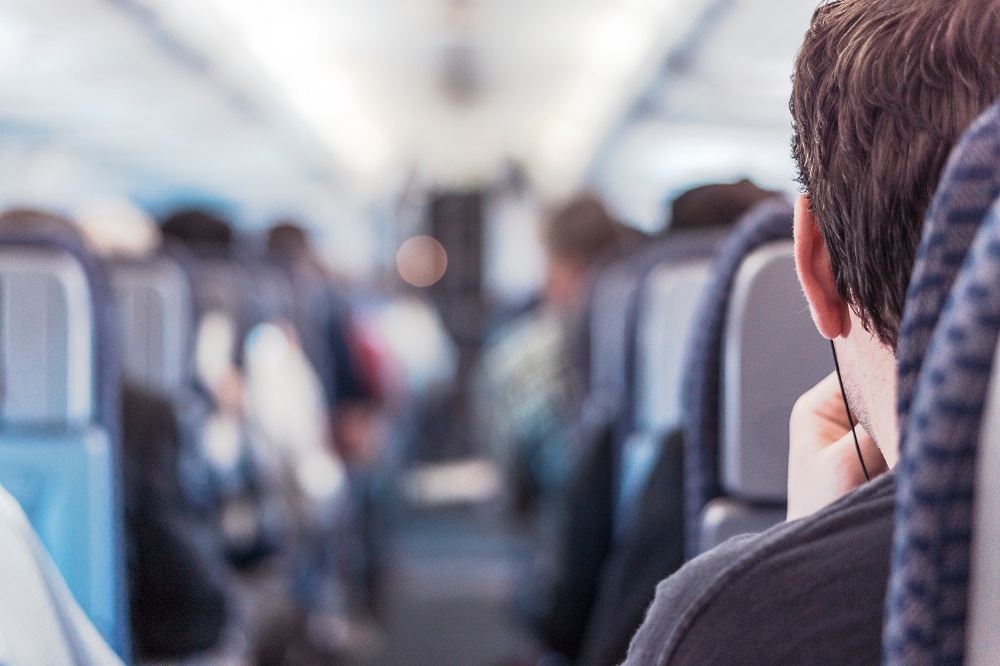As I’m writing this post, I am sitting on a plane listening to You’re on an Airplane: A Self Mythologizing Memoir. The memoir by Parker Posey, and she is also the narrator of the audiobook version. The memoir is told as if I, the reader/listener, were sitting next to Ms. Posey on an airplane and she is telling her memoir as if in conversation with me. The story seems to be made for the audiobook format. In fact, memoirs narrated by the author make wonderful audio books. They are not only the words but also the voice, with the particular pitch and cadence, of the storyteller.
There is currently much debate over whether listening to an audiobook counts as “reading” a book. However, oral storytelling has been around longer than books. In fact, the first books were written in order to be read aloud. The meter and rhymes of Beowulf and The Canterbury Tales were meant to make oral recitation easier. The first audiobooks were recorded back in 1932 on vinyl records by the American Foundation for the Blind. In the 1960s, books were recorded on cassette tapes, then on CDs in the 1980s. In 1997, Audible released its first audio player made specifically for listening to audiobooks. And in the past few months, Ooligan Press has begun exploring audiobooks by testing a mock sample for Ricochet River with the hopes of venturing into the exciting audiobook world!
So does listening to the audiobook count as reading? I think that stories are what matter, not the medium through which they are told. And having stories available in different formats helps stories to reach audiences that traditional books may not be able to. Listening to stories read aloud is an important part of a child’s development. Does the benefit of hearing stories suddenly disappear once we are able to read? I think the answer is probably not. So read or listen, whichever you prefer, or do both! What matters is that you’re getting the story.

